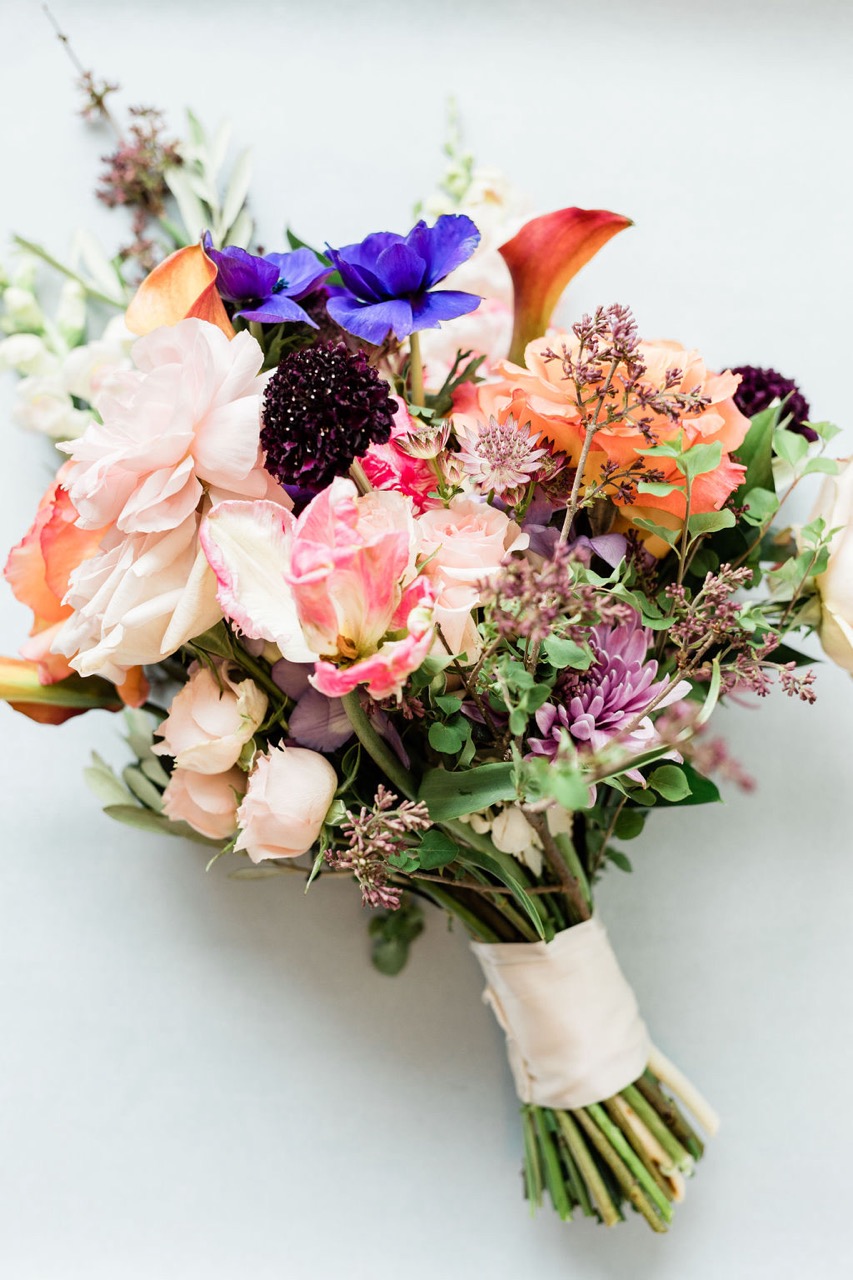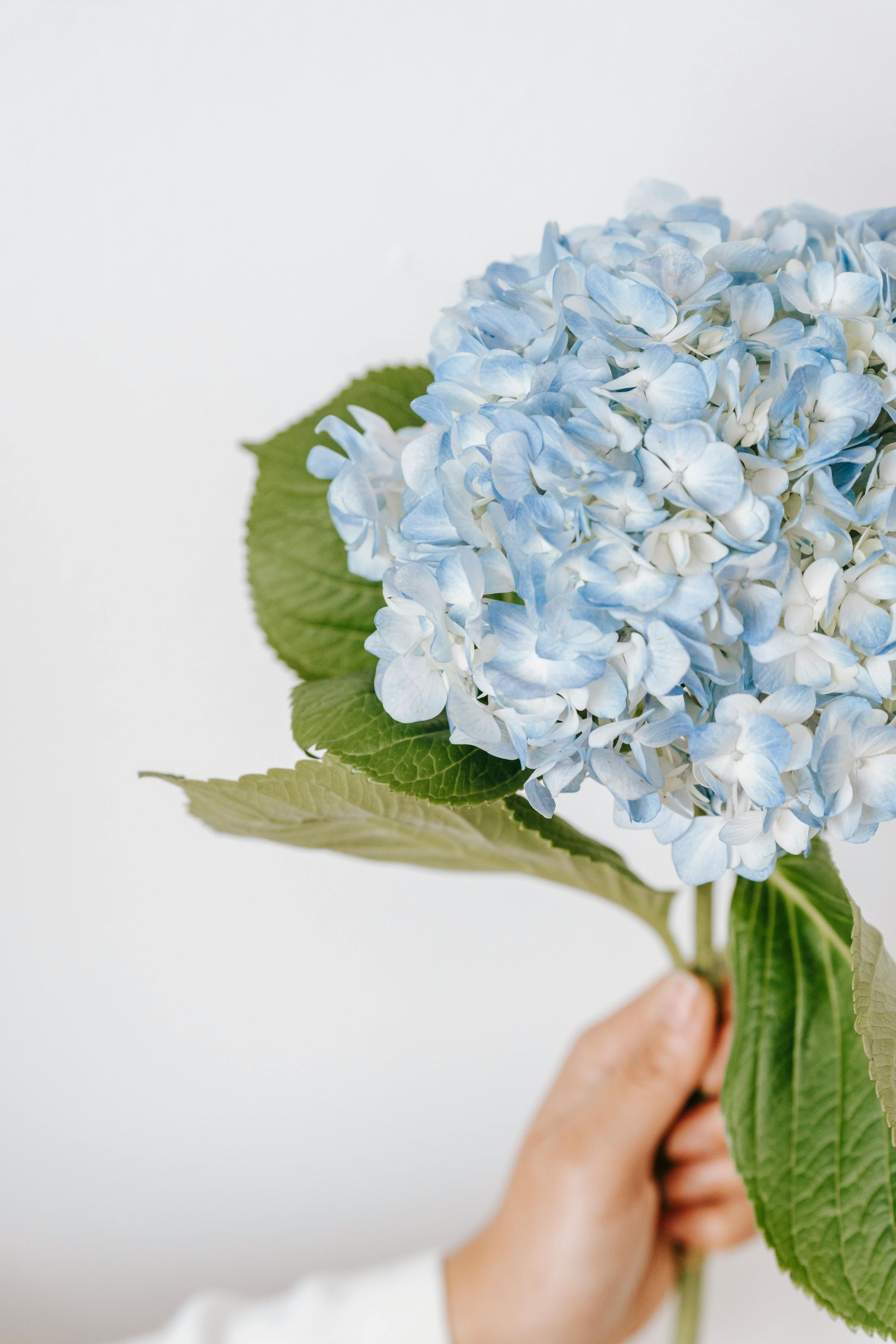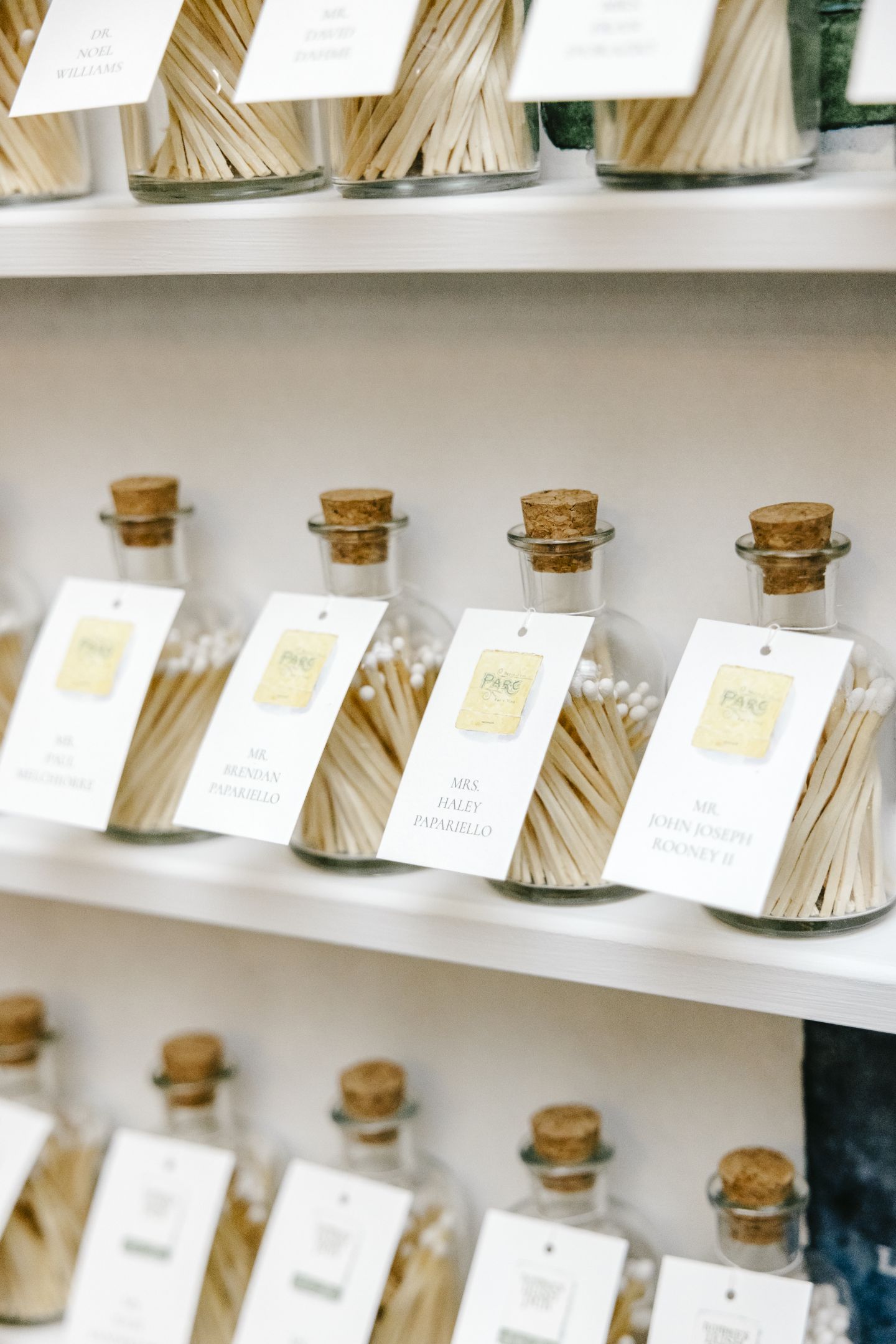Bridal Bouquet Trends
READ MORE >
Blog

Reflexing Your Flowers for Fuller Blooms
We get flowers into our shop that have not released their full potential yet. We are often eagerly waiting for our flowers to fully bloom and do many things to coax mother nature to speed up the blooming process (hot water baths, a steam bath in the shower, a soak in the sunshine, etc.). Another trick up our sleeve is using “reflexing” which is a great hack to expedite the process. By reflexing the petals, you can create the illusion of fuller blooms, making them appear more open and vibrant even before they naturally reach that stage. This technique allows you to showcase the beauty of your flowers sooner so that the flowers are PERFECT for a more luxurious and elevated event.
Reflexing flowers, also known as inverting petals, involves delicately bending the petals of a flower backward, creating a visually stunning effect. By reflexing the petals, the natural shape and structure of the flower are truly transformed, resulting in a stunning display of at-their-prime flowers. As a floral event designer, Steele Orchid needs to have all of our blooms be spectacular for the 6 hours we need them to shine.
This technique is simple and requires you to carefully flip back some of the outer petals to achieve the new look. Reflexing works great on flowers such as roses, tulips, anemones, etc. – and can easily take traditional flowers to the next level.
Benefits of Reflexing
One notable application of reflexing flowers is as a substitution for other blooms that are not readily available on the day of the event. Manipulating the petals and creating a similar shape to those unavailable blooms, Steele Orchid can craft stunning alternatives that possess the allure and elegance of the desired flower. This technique allows for greater flexibility and opens up possibilities when certain blooms may be unavailable or out of season.
Preparing Your Flowers
Before reflexing the flowers, it is crucial to ensure that they have been adequately hydrated to maintain their freshness and flexibility. Once the flowers are hydrated, begin the processing phase, which involves removing any guard petals or excess greenery.
How to Reflex Your Flowers
Then to reflex the petals, start with the outermost petal of the flower. Hold the base of the petal between your thumb and middle or pointer finger. With a gentle yet firm grip, slowly push your thumb up between your fingers, flipping the curl direction of the petal. This technique requires careful control and a gradual movement to avoid damaging the petals.
Repeat the aforementioned steps for each petal until you are satisfied with the overall appearance of the reflexed flower. Take your time and ensure each petal is carefully and evenly reflexed to create a cohesive and visually pleasing result.
FEATURED POSTS



